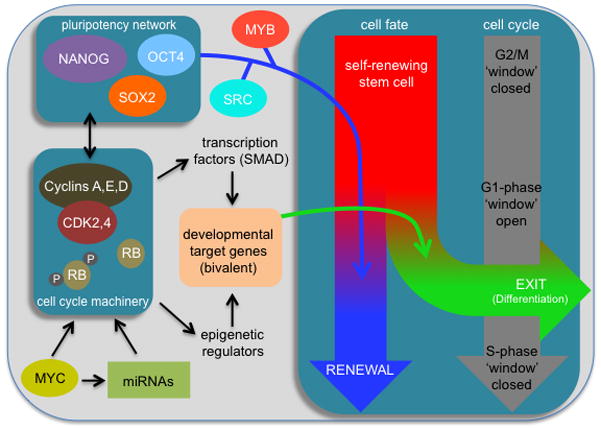Figure 3. Regulatory networks impacting differentiation from G1-phase.

The G1-phase represents a ‘window of opportunity’ when pluripotent cells decide to self-renew or exit the pluripotent state. This involves interplay between the pluripotency network (OCT4, NANOG, SOX2) and cell cycle machinery (CDK-cyclin complexes, RB) that are impacted by other factors such as MYC and miRNAs. The pluripotency network, under self-renewing conditions, ensures maintenance of the pluripotent state. In response to the differentiation signaling, signal-regulated transcription factors (such as SMAD2,3) and epigenetic remodeling enzymes prime and then activate developmental genes in G1-phase. Activation of bivalent genes from G1-phase then initiates the exit from pluripotency and the differentiation program. Other factors such as MYB and SRC regulate this network. Impact that the pluripotency network has on the decision to ‘renew’ is indicated. Effects of developmental regulators, MYB and SRC on pluripotency ‘exit’ are also indicated. The G1-phase is shown as the ‘window’ in which these signals are integrated and where cell fate decisions are initially made. This window closes as cells transit through S-phase and remains closed until the subsequent G1.
